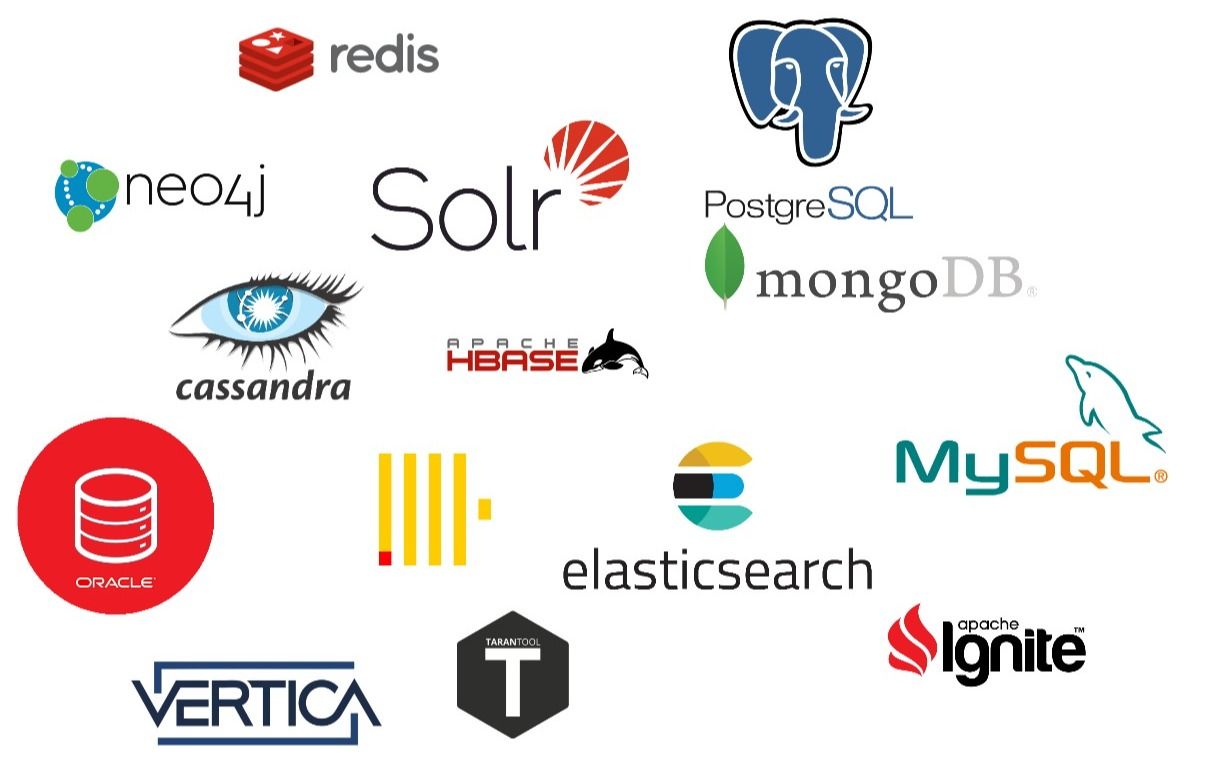In our previous blog on the Back-End Stack, we explored essential backend technologies and their role in web development. In this follow-up, we'll dive deeper into the world of databases—a critical component of any backend system. We'll cover the types of databases, the evolving role of a Database Administrator (DBA), and the steps to embark on a career as a DBA.
What is a Database?
At its core, a database is an organized collection of data that can be easily accessed, managed, and updated. Think of it as a digital filing cabinet where information is stored in an organized manner, often in the form of indexed rows, columns, and tables. This organization makes it easier to find and manipulate data as needed. Databases are dynamic systems, constantly evolving as data is added, updated, or deleted, with the capability to run queries and applications against the stored information.
Types of Databases
Today, there are numerous types of databases, each designed to meet specific needs. While many organizations develop custom databases, most databases fall into a few main categories:
1. Relational Databases
Relational databases are the traditional type where data is stored in tables with predefined schemas. These databases are ideal for structured data and are commonly used in business applications. Key examples include:
- MySQL
- PostgreSQL
- SQL Server
These databases excel at handling structured queries and transactions, making them a staple in enterprise environments.
2. NoSQL Databases
NoSQL databases are designed to handle unstructured or semi-structured data and do not follow the traditional table-based relational model. They are highly scalable and flexible, making them suitable for big data applications. Types of NoSQL databases include:
- Key-Value Databases: Like Redis and DynamoDB, which store data as key-value pairs.
- Document Databases: Such as MongoDB, where data is stored in JSON-like documents.
- Graph Databases: Like Neo4j, designed for managing and querying relationships between data.
- Column-Family Stores: Such as Apache Cassandra, used by companies like Facebook for handling large-scale data.
3. NewSQL Databases
NewSQL databases combine the best of both relational and NoSQL databases. They maintain the ACID (Atomicity, Consistency, Isolation, Durability) properties of traditional relational databases while offering the scalability of NoSQL. These databases are optimized for in-memory processing, providing faster data access but are limited by the amount of available memory. Examples include:
NewSQL databases are increasingly popular in scenarios where high-speed data processing is critical.

The Role of a Database Administrator (DBA)
A Database Administrator (DBA) plays a pivotal role in managing and safeguarding an organization's data. As the custodian of data, a DBA is responsible for:
- Managing and Backing Up Data: Ensuring that data is stored securely and backed up regularly to prevent loss.
- Ensuring Data Availability: Making sure that data is accessible to authorized users when needed.
- Developing and Testing Databases: Building and maintaining database systems that meet the needs of the organization.
- Troubleshooting and Security: Identifying and resolving issues within the database and implementing security measures to protect against data breaches.

How to Become a DBA: A Step-by-Step Guide
If you're interested in pursuing a career as a DBA, here’s a pathway to get started:
-
Learn SQL: SQL (Structured Query Language) is the foundational language for interacting with databases. Start by mastering SQL to perform queries, update data, and manage databases.
-
Understand Database Types and Technologies: Familiarize yourself with different types of databases—relational, NoSQL, and NewSQL—and understand their use cases. Choose one or more types to specialize in.
-
Gain Experience in Database Design: Learn to design databases effectively. Start with creating Entity-Relationship Diagrams (ERDs) to model data relationships. For complex systems, consider Extended Entity-Relationship Diagrams (EERDs) to capture more detailed data structures.
-
Focus on Query Optimization: Efficient query writing is crucial for database performance. Learn to optimize queries to reduce response time and improve system performance.
-
Prioritize Data Integrity and Security: Ensure that data is consistent, accurate, and secure. Implement measures to protect against data leaks and losses, which are critical in maintaining database reliability.
-
Explore Modern Database Tools: Keep up with modern database technologies and tools. Explore cloud-based databases like Amazon RDS or Google Cloud Spanner, which offer scalability and flexibility for modern applications.
-
Practice and Case Studies: Work on real-world projects or case studies to gain hands-on experience. Every new project will present unique challenges, helping you refine your skills and adapt to different database architectures and technology stacks.

Conclusion
Becoming a DBA requires a combination of technical skills, hands-on experience, and a deep understanding of database technologies. As databases continue to evolve, staying updated with the latest advancements and best practices is essential. Whether you're working with traditional relational databases, exploring the flexibility of NoSQL, or diving into the speed of NewSQL, the role of a DBA is both challenging and rewarding.
In our next blog, we'll explore more advanced topics in backend development, including microservices and server architecture, to further expand your knowledge in this dynamic field. Stay tuned!




























